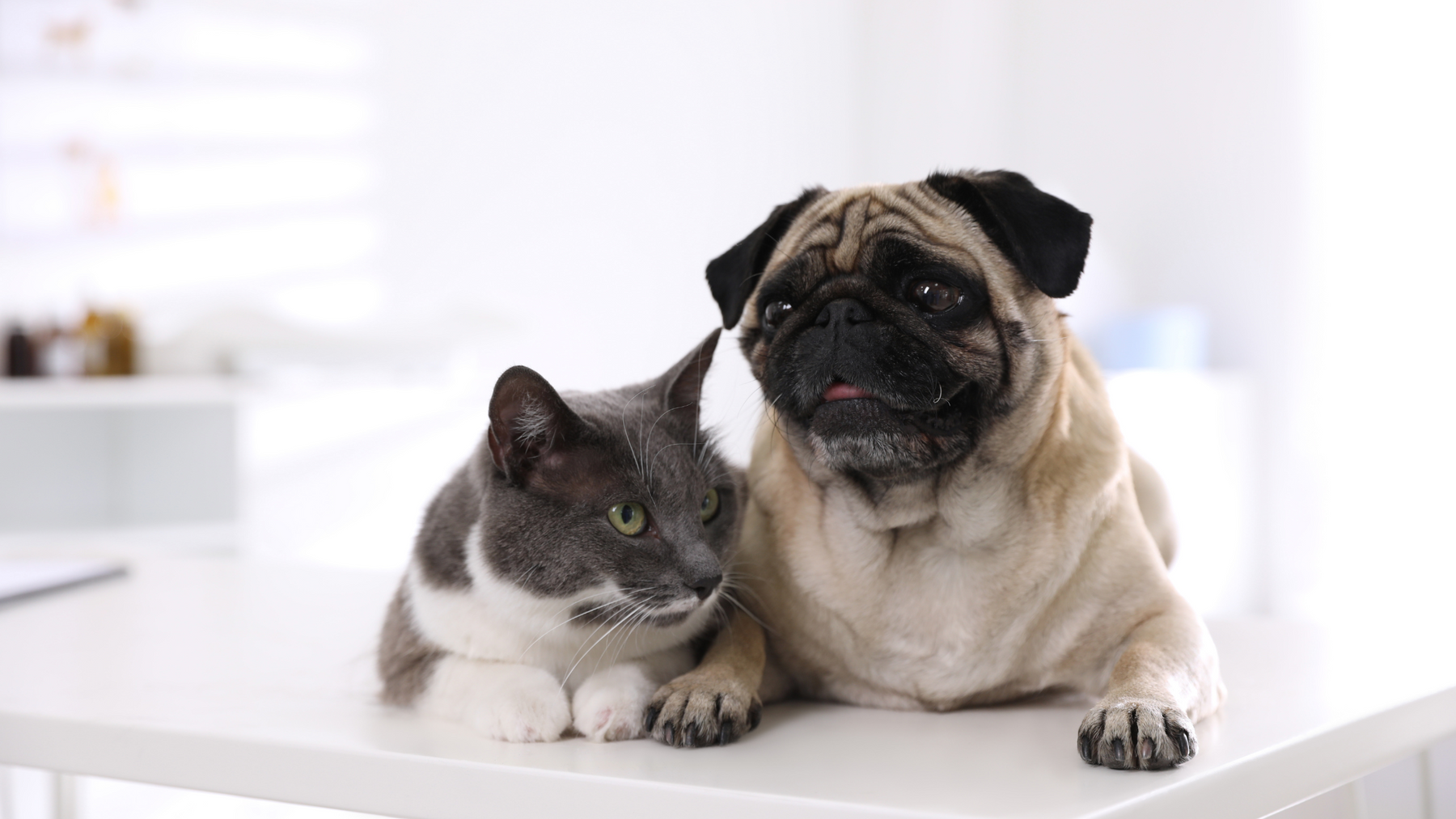
How To Recognise The Signs & Treat Bladder Infections In Dogs & Cats
Pets develop bladder infections just like us humans. If you’ve had a bladder infection, then you will know how uncomfortable and painful it is. For dogs and cats, it’s exactly the same but the only thing is that they often end up suffering in silence.
As pet owners, we need to learn how to recognise the signs and symptoms of a bladder or urinary tract infection (UTI) .
Read on for advice on bladder and UTI infections in dogs and cats, as well as natural remedies that can help.
What is a bladder infection?
Bladder infections, also referred to as urinary tract infections (UTI) are common in dogs and cats, especially females. A bladder infection occurs when bacteria, fungi or parasites enter the urinary tract via the urethra (includes the kidneys, ureters, bladder and urethra) and travel into the bladder where theyt multiply.
This infection irritates the walls of the bladder, causing lots of discomfort and pain when your pet tries to urinate. Bladder infections that are treated with antibiotics can weaken their immune system and cause them to recur. Frequent treatments with antibiotics can also cause the bacteria to become resistant to treatment, making it difficult to treat UTI’s and bladder infections in the future.
Bladder infections in dogs and cats can also change the chemical composition of the urine which makes it easier for minerals in the urine to form crystals. This increases the risk of blockages and urinary tract stones such as struvite stones, calcium oxalate stones or cystine stones.
If left untreated, your pet may develop a kidney infection which can lead to kidney stones. Prompt treatment is therefore very important.
How to tell if your pet has a bladder infection?
There are a number signs that will indicate that your pet may have a bladder infection and these include:
• Frequent urination (cats may visit the litterbox more frequently)
• Straining and squatting to urinate
• Dribbling urine
• Breaking housetraining by urinating in the home or outside the litterbox
• Strong, smelly urine
• Crying out while urinating
• Licking the genital area frequently
• Blood in the urine
• Lethargy
• Loss of appetite
What you can do to help your pet’s bladder infection
There are certain things that you can do to prevent and treat your dog or cat’s bladder infection
1. Increase your pet’s water intake
Encourage your dog or cat to drink water especially if they are prone to recurring bladder infections. Getting your pet to drink more water will keep them hydrated, flush out toxins in their system and help them to urinate frequently.
A few things that you can to do to make sure they are getting water into their system is to keep a clean, fresh bowl of water indoors and outdoors, feed them wet food or add water or broth to dry food.
Some pets are attracted to running water and love drinking from a fountain. Kitties can be fussy drinkers and may prefer to drink water from a running tap or a glass. On hot days, add ice cubes to your dog’s water bowl or make a yummy, dog friendly popsicle.
2. Feed a high quality diet
Make sure that your pet is eating a well- balanced, high quality diet which consists of all the essential vitamins and minerals. There are prescription diets specially formulated to stabilise the urine pH balance which your vet can also recommend.
If you are feeding your pet dry food, change to wet food which has a much higher content of water. It will increase your pet’s water intake which helps to dilute urine and keeps the bladder healthy and clean.
A raw and processed diet is also very good to prevent bladder problems in dogs and cats.
3. Clean feeding bowls
If you are feeding your pet “free feeding style” where you leave dry food out and they eat at their leisure, be sure to clean their bowls.
Make a point of checking that food has not been left over in their bowls – if there is, throw it out and wash the bowl. This will help to prevent your pet from eating any bacteria and mould which can cause a urinary tract infection developing.
4. Keep your cat’s litter tray clean
Make sure that you keep kitty’s litter tray clean and be cautious when changing brands of cat litter.
If your cat doesn’t like his/her new cat litter they will refuse to use the litter tray and by holding urine in their bladder for an extended period of time, they are predisposed to urinary tract infections.
5. Natural remedies can help too!
As you know, antibiotics are usually prescribed to treat bladder infections in dogs and cats. While they do treat the infection, continued use of antibiotics weakens the immune system and causes recurring bladder infections.
Natural homeopathic and herbal remedies have a good and safe history of treating bladder infections (UTI’s) in dogs and cats and should be started at the first signs of a problem. For a more natural solution, choose remedies from the Feelgood Pets range to treat your pet’s bladder problems:
• UTI Free – a 100% homeopathic remedy to relieve the troublesome symptoms of urinary tract infections and maintain bladder health in dogs and cats
• Immunity and Liver Support – this herbal remedy boost your pet’s immune functioning and resistance against disease and infection and acts as a natural antibiotic
• Better Bladder Control – a 100% homeopathic remedy which relieves common incontinence and strengthens bladders in dogs and cats
If you have any health-related questions, please contact us or leave a comment below for FREE advice. We always love hearing from you!


Comments
Leave a comment